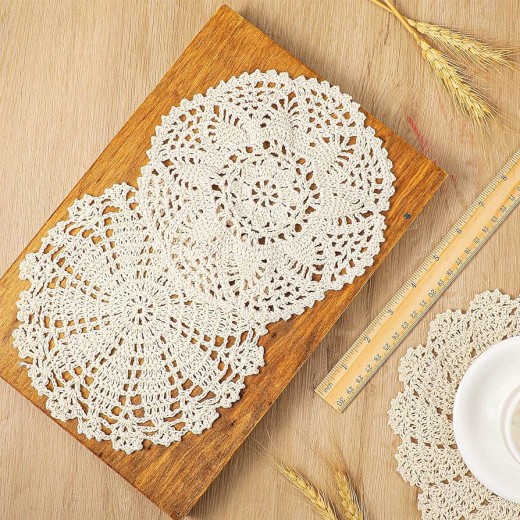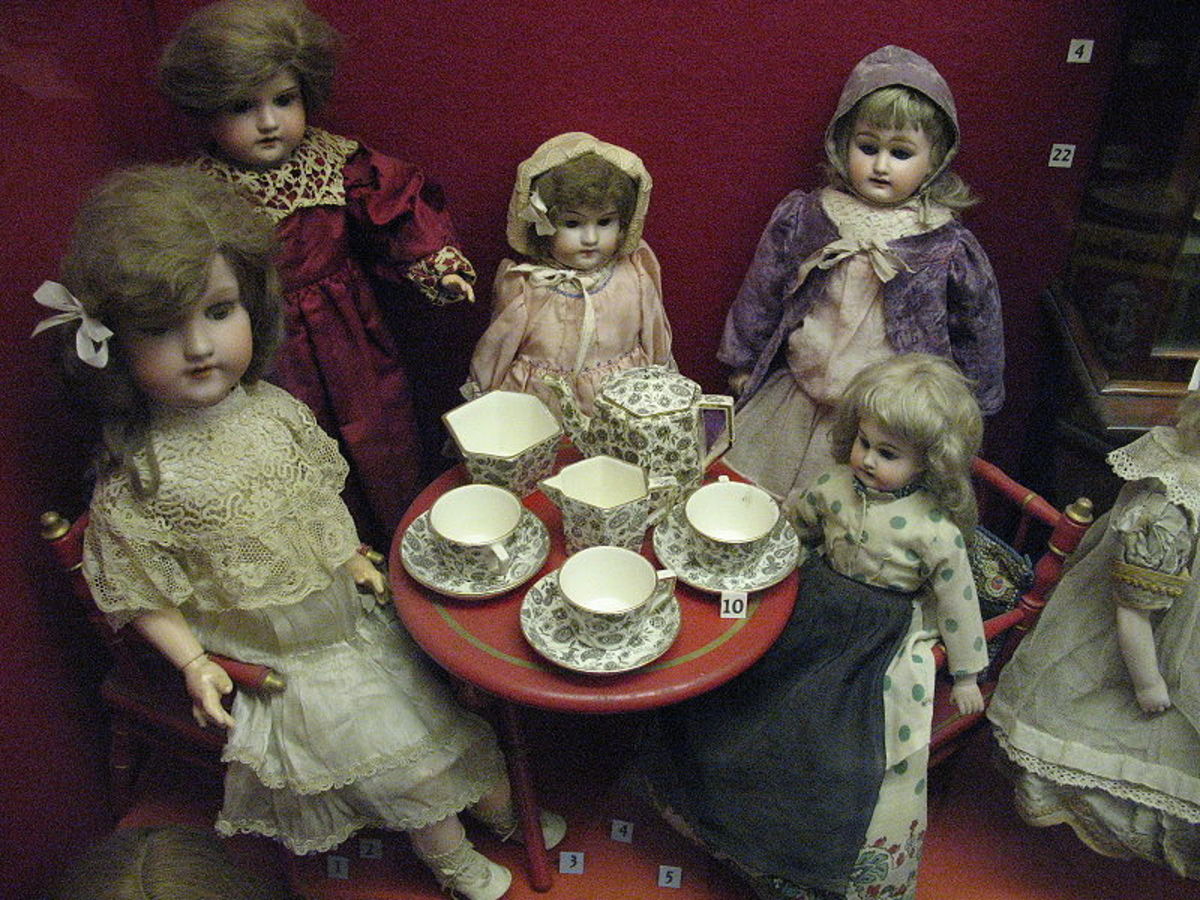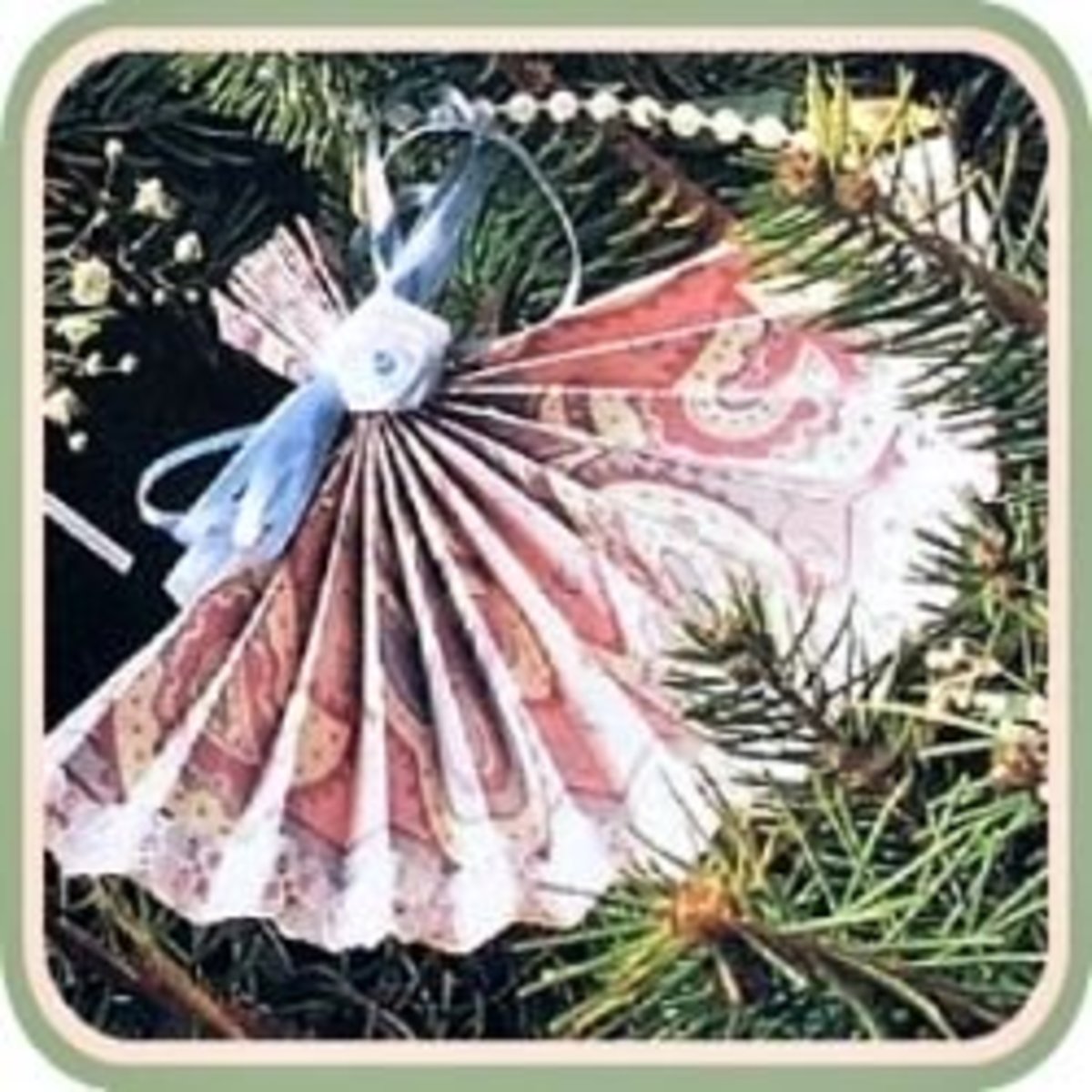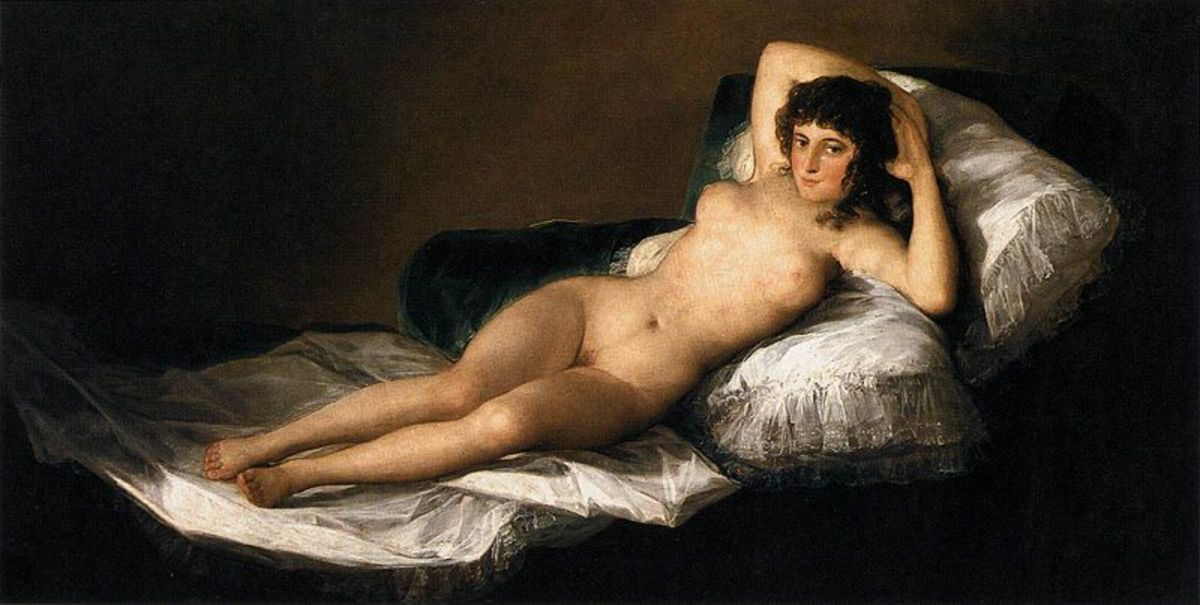History of Lace
Lace is a patterned openwork fabric made of fine thread. It can be made by hand or by machine. Handmade lace is sometimes regarded as a minor art form because its creation often involves imagination and originality as well as technical skill. Handmade lace is a luxury item because of its beauty and high cost. It has been used mainly to decorate fine articles of clothing as well as tablecloths and altar cloths. Veils are often made of lace. The development of machine-made lace, which is less expensive, has made the fabric available to more people in greater quantities. Lace can be made of many kinds of thread, such as silk, cotton, linen, or wool. Threads of rayon and nylon are also sometimes used for machine-made lace.
There are two main types of handmade lace, needlepoint lace and bobbin or pillow lace. Needlepoint lace is worked by using a needle and thread on a pattern of cloth-backed parchment on which a design has. been traced with foundation threads. Embroidery stitches are used. When the work is completed, the foundation threads are cut, the parchment backing is removed, and the finished lace remains.
To make bobbin or pillow lace, a pattern is first traced on a sheet of parchment, which is then placed on a pillow. Next, pins are stuck into the parchment at important points of the design. Threads are fastened to the pins at one end and wound on bobbins at the other end. The threads are then interlaced and plaited, or twisted, around the pins to produce lace. Lace made by hand may also be crocheted or knitted. Still another technique for producing handmade lace is tatting, in which a type of knotted lace is made on a shuttle-like instrument.
Machine-made lace became popular in the early 19th century. One of the first effective machines for making lace was invented by an Englishman, John Heath-coat, in 1809. His machine imitated bobbin lace. As the industry grew, improved mechanisms were invented, and at present there are three important types of lace-making machines. Two of them imitate bobbin lace and the other imitates needlepoint.

Famous Laces
There are numerous exquisite types of handmade lace. Many are known by the names of the towns or areas where their design originated. Among the best-known kinds of needlepoint lace are Argentan, Alencon, rose point, English point, Irish point, point de Paris, and Venetian point. Rose point is perhaps the most delicate of all the point laces. Some famous bobbin laces are Binche, Chantilly, Cluny, Duchesse, Honiton, Maltese, Mechlin (Malines) and Valenciennes.
History of Lace
Openwork fabrics of knotted and plaited threads were made by the ancient Egyptians and existed in one form or another through the Middle Ages and the early Renaissance. However, lace-making did not emerge as a vital decorative art and as an industry on a large scale until the 16th century in Italy. Among the finest early examples of laces were those that adorned altar cloths and clerical garments. By the 17th century, lace was widely used to adorn clothing for both men and women. Venice was the center of the lace-making industry from the early 16th century to the end of the 17th century. Two outstanding 17th-century laces that were produced there were Venetian large point (gros point de Venise), which had a pattern of intertwined foliage raised in high relief, and Venetian rose point, so called because of its floral patterns.
The French lace-making industry began in the late 16th century. It was probably introduced into the country by Catherine de' Medici. In the 17th century, England and Flanders also became important lace-making centers. Italian laces declined in importance during the 18th century, as French and Flemish laces began to dominate the market. At this time, handmade lace was also produced in the American colonies. Among the many famous laces of the 18th century were English point, Mechlin, Valenciennes, Argentan, and Alencon.
By the 19th century, lace was being made throughout Europe, but the centers 'of the art were still in Italy, Belgium, France, and England. Except for clergymen who wore lace-trimmed vestments, lace was now worn only by women. Among the laces that were popular at this time were Brussels rose point, Binche, Chantilly, and Cluny.
Today most lace is machine-made and mass-produced. The handmade lace industry in Europe, which was seriously affected after the outbreak of World War I, still has not recovered its former position. Although machine-made lace is often superbly executed, hand made lace is still much sought after as a symbol of beauty and of luxury.
This content is accurate and true to the best of the author’s knowledge and is not meant to substitute for formal and individualized advice from a qualified professional.
© 2010 Bits-n-Pieces







